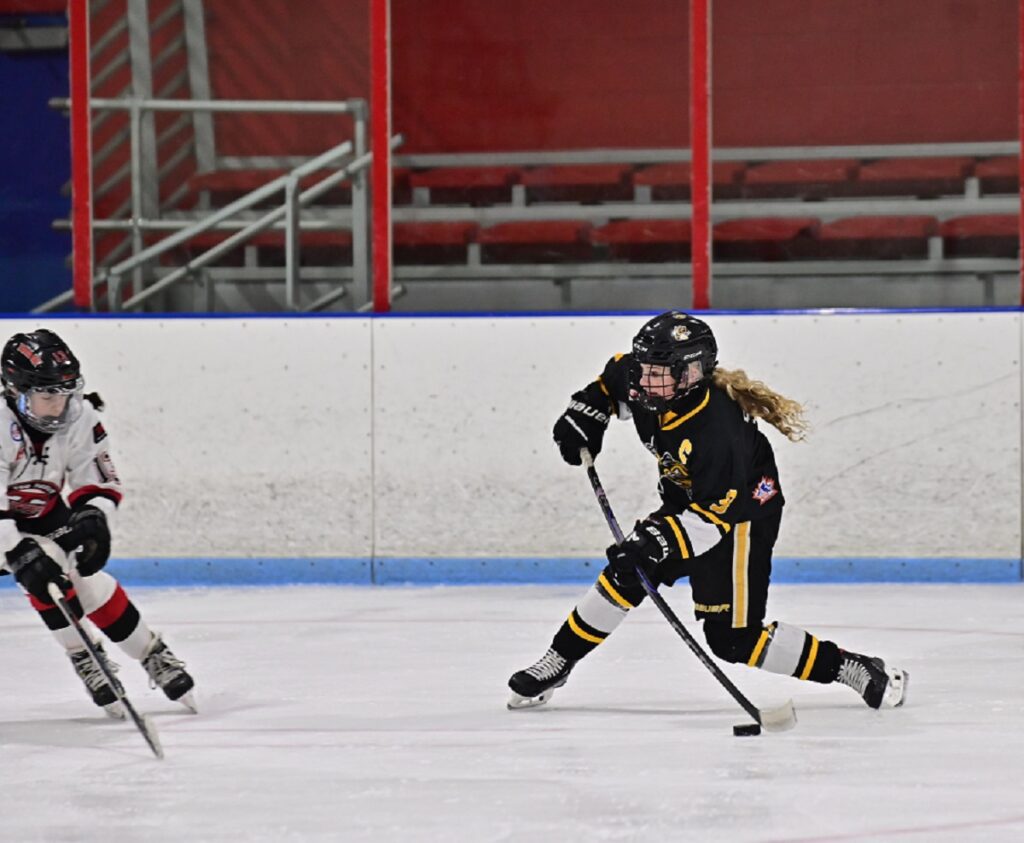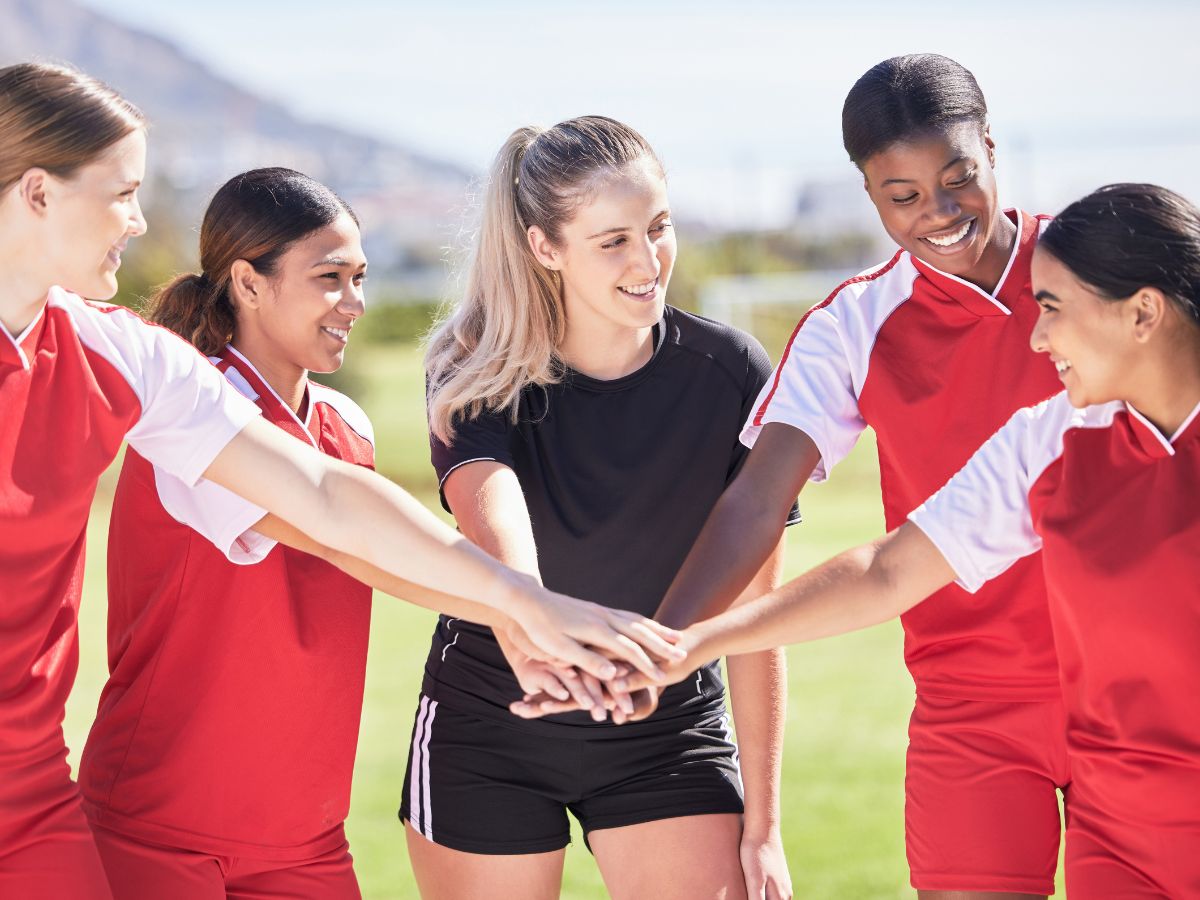Are sport-related concussions different in male and female athletes?
2025 Canadian Guideline for Physical Activity, Sedentary Behaviour and Sleep throughout the First Year Postpartum
How contraceptive choice impacts female endurance athletes
Hormonal IUDs are the most commonly used and best-tolerated form of contraception among female endurance athletes, according to a recent study. With fewer negative side effects and more positive impacts on performance compared to other methods, the findings highlight the need for sport-informed contraceptive counselling to support athlete health and performance.
Concussion non-disclosure in women’s rugby
Disclosing concussion symptoms is crucial for proper recovery and to prevent a second impact. A study of female rugby players found that many conceal their symptoms due to concerns about work, limited awareness, and poor communication around concussion management. Recognizing these barriers can help team managers develop initiatives that encourage symptom disclosure and enhance education.
LGBTQ+ Women in Rugby
A recent study in the women’s rugby community revealed that most LGBTQ+ women experience inclusive interactions with others. But, participants also pointed to barriers to full inclusion, including the use of homophobic language in their environment and the persistence of harmful stereotypes. Team managers can use this insight to shape more effective EDI initiatives grounded…
Menstruation and athletes
Conversations around menstruation are becoming more common in sport. According to the Empow’Her program led by France’s National Institute of Sport, Expertise, and Performance, female athletes may experience menstrual soreness, cramps, digestive disorders, bloating and increased tiredness during their periods. Since symptoms are different for each person, the impact on training will vary and require…
Strategic recovery for female tennis players
An analysis of female tennis players shows that the top 100 ranked players competed in more tournaments at ages 14-15 than the top 250, while all players began professional events by ages 17-18. As players age, their schedules become busier. Coaches must balance competition and training with recovery time, ensuring players get adequate rest to…
Postpartum return to sport
After childbirth, elite women athletes experience many challenges returning to sport, from the uncertainty of training their “new” post-partum bodies to breastfeeding while training and finding care for their babies. In this study, elite athletes offer recommendations for establishing maternity policies and developing postpartum return-to-sport guidelines to support the next generation of elite athlete mothers.
The unanimous choice: How a 12-year-old girl became captain of a boys’ hockey team

There is an assumption in sports that leadership is earned through tenure, skill, and a certain kind of presence—the intangible, ineffable quality that separates the good from the great. But every once in a while, a story emerges that challenges those assumptions and more. In Sarnia, Ontario, a 12-year-old girl named Laylah Stokes did just…
Move Her Mind: Creating Inclusive Spaces for Women and Girls

The more we move, the better we feel. In 2022 a global study commissioned by sportswear company ASICS, The State of Mind Index, studied people’s physical activity levels and mental wellbeing across the globe. In their first Move Every Mind Report, not only did ASICS learn that physical activity has a powerful impact on our…